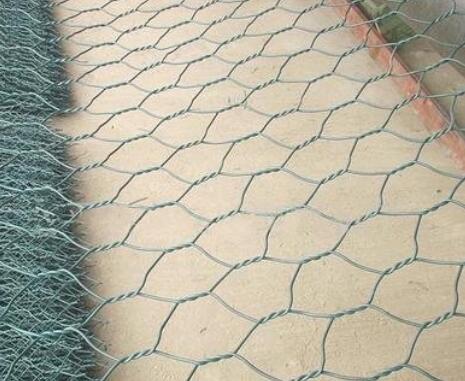The Versatile Applications of Perforated Copper Strips
Perforated copper strips are an increasingly popular choice in various industrial and architectural applications due to their unique properties and versatility. Copper, known for its exceptional conductivity and resistance to corrosion, combined with the benefits of perforation, makes these strips a valuable material in multiple fields.
Understanding Perforated Copper Strips
Perforated copper strips are copper sheets that have been punctured with a series of holes in specific patterns. These holes can vary in size, shape, and spacing, allowing for customization according to specific needs. The perforation process not only reduces the weight of the strip but also enhances its flexibility, making it easier to work with in numerous applications.
Electrical Conductivity
One of the most significant advantages of copper is its excellent electrical conductivity, making perforated copper strips ideal for use in electrical applications. They are often utilized as busbars in electrical panels, where reliable conduction is essential. The perforations facilitate airflow, which helps in dissipating heat and maintaining optimum operating temperatures, thus improving the overall efficiency of electrical systems.
Architectural and Design Features
perforated copper strip

In architecture, perforated copper strips are celebrated for their aesthetic appeal. They allow for creative design possibilities, serving as decorative elements in facades, screens, and railings. The interplay of light and shadow created by the perforations can add visual interest to buildings. Moreover, copper’s natural patina develops over time, providing a unique character that appeals to modern and traditional architectures alike.
Environmental Benefits
Choosing perforated copper strips can also be an environmentally friendly decision. Copper is a recyclable material, and using it reduces the need for synthetic or non-biodegradable options. Furthermore, because copper is highly durable and resistant to corrosive elements, products made from it often have a longer lifespan, leading to reduced waste in the long run. Perforated strips can also contribute to energy-efficient building designs, as they can be incorporated into ventilation systems to improve airflow.
Industrial Applications
Industrially, perforated copper strips find utility in various sectors, including automotive, telecommunications, and HVAC systems. In the automotive industry, they are used in electronic components and wiring harnesses due to their conductivity and malleability. In the telecommunications sector, their role in grounding systems cannot be understated, as they help protect sensitive equipment from electrical surges. Additionally, in HVAC systems, these strips can be used for air distribution, ensuring efficient movement and reducing energy costs.
Conclusion
The versatility of perforated copper strips extends well beyond their basic functionality. With their combination of durability, aesthetics, and eco-friendliness, they are rapidly becoming a material of choice for architects, designers, and engineers. Whether being used in high-tech electrical applications or in modern architectural designs, perforated copper strips represent the perfect blend of form and function. As industries continue to innovate and seek sustainable solutions, the demand for such multifunctional materials is expected to grow, making perforated copper strips an essential element in the future of construction and manufacturing.

















